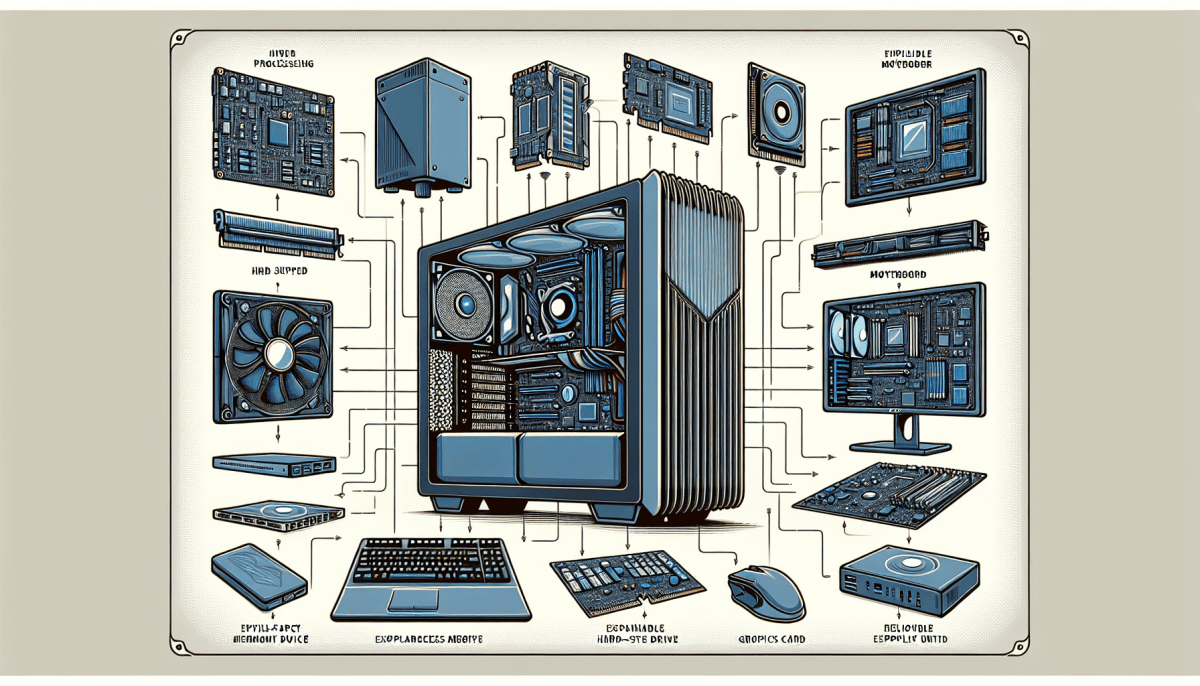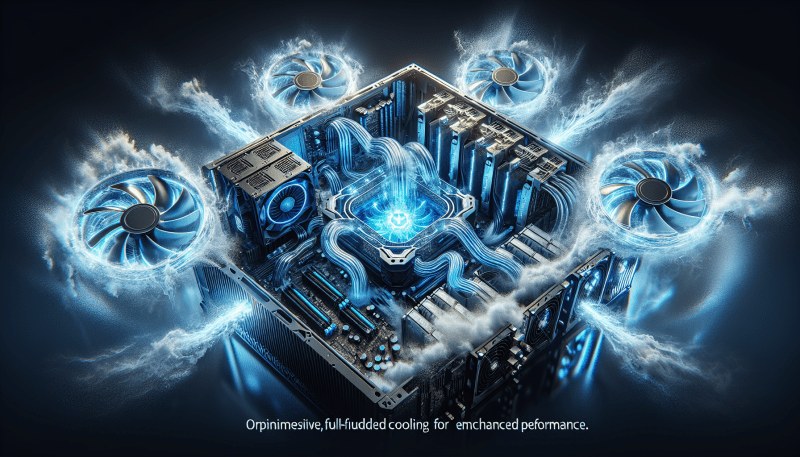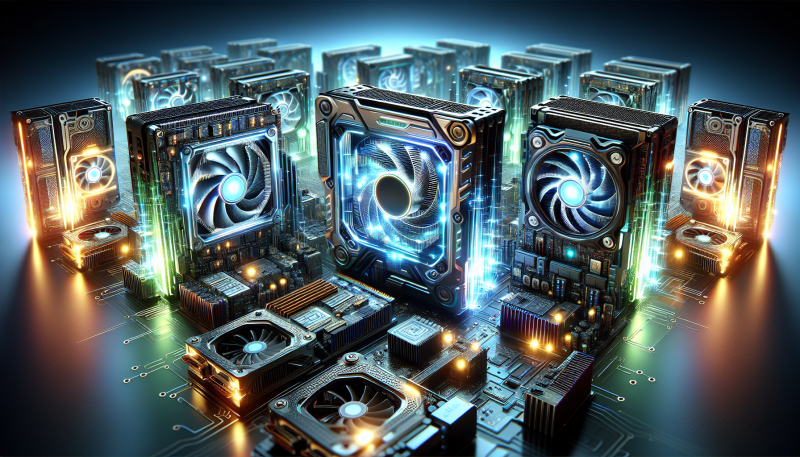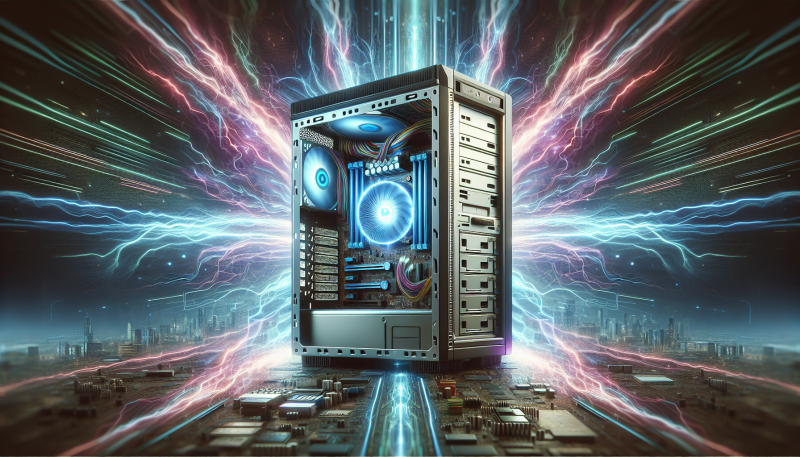When setting up a workstation PC, having the right parts can make all the difference in your productivity and efficiency. Here’s a quick rundown of some must-have components you shouldn’t overlook:
1. Powerful CPU: Your choice of processor is crucial. Look for a multi-core CPU that can handle intensive tasks easily. Popular options like AMD Ryzen or Intel Core i7/i9 are fantastic for multitasking and delivering speed.
2. Generous RAM: Think of RAM as your workspace. The more you have, the more applications you can run simultaneously without slowing down. Aim for at least 16GB, but 32GB or more is ideal for pro-level tasks like video editing or 3D rendering.
3. High-Performance GPU: If your work involves graphics-intensive applications, a good graphics card is essential. Look for a dedicated GPU, such as NVIDIA's GeForce RTX series, which can handle rendering and visual effects smoothly.
4. Fast Storage Solutions: Speed things up with an SSD. An NVMe SSD will give you quick boot times and fast file access, making your workflow smoother than ever. Consider getting an additional HDD for larger storage needs.
5. Reliable Power Supply: Don’t skimp on your power supply! A reliable PSU ensures all your components get the juice they need. Look for one with a good wattage rating and efficiency certification to keep everything running smoothly.
Choosing the Right CPU for Performance
When it comes to building a workstation PC, choosing the right CPU is key to unlocking the performance you need. Think of the CPU as the brain of your computer—it’s responsible for executing tasks and managing processes. If you're diving into tasks like video editing, 3D modeling, or heavy multitasking, you want a CPU that won’t skip a beat.
First, consider your workload. For general tasks like browsing the web or office applications, a mid-range CPU with a few cores will do just fine. However, if you're dealing with intense applications, look for higher core counts and faster clock speeds. CPUs like the AMD Ryzen 7 or Intel Core i7 are excellent choices for heavy workloads, giving you the speed and power you need.
Next up is generational differences. Newer CPUs often come with performance boosts and features that can significantly enhance your workstation. Don’t just look at the specs; read reviews and benchmarks to see how different models stack up in real-world usage. You might find that a slightly more expensive model can save you time and frustration in the long run.
Another factor is thermal performance. Workstation tasks can push your CPU hard, generating heat. A CPU with a good cooling solution is important to maintain performance and longevity. Sometimes, investing in a quality cooler from the start can be a game changer, especially if you plan to overclock your CPU for even better performance.
Lastly, remember compatibility with your motherboard. Before making a purchase, check the socket type and supported chipsets. This little step can save you a lot of hassle when assembling your workstation. A little research goes a long way in ensuring you pick a CPU that fits your needs perfectly!
Memory Needs for Smooth Multitasking
When it comes to multitasking, memory plays a crucial role in keeping everything running smoothly. If you're the type of person who juggles multiple applications—perhaps a web browser, a document editor, and some music streaming—then you absolutely need enough RAM. The more memory you have, the better your system can handle all those tasks at once without slowing down.
For most users, 8GB of RAM is often a good starting point, especially if you’re just handling basic tasks. However, if you’re into more intensive activities like video editing, graphic design, or even playing games while working, then consider bumping it up to 16GB or even 32GB. This added capacity helps ensure your system doesn’t freeze up when you need it the most.
Another thing to keep in mind is the type of RAM. Look for DDR4, which offers quicker speeds and better efficiency. This means your programs can fetch data more swiftly, making your overall experience much more pleasant. Remember, investing a little more in memory can save you a lot of frustration in the long run.
Best Storage Options for Speed and Space
When you're building or upgrading your workstation PC, picking the right storage option is key for both speed and space. You want to ensure your machine runs smoothly while having enough room for all your files and applications. Let’s dive into some great choices!
1. Solid State Drives (SSDs)
2. Hard Disk Drives (HDDs)
3. NVMe Drives
Choosing the right storage is all about balancing speed and capacity based on your specific needs. So, think about how you’ll use your workstation and go with what fits! Happy building!



